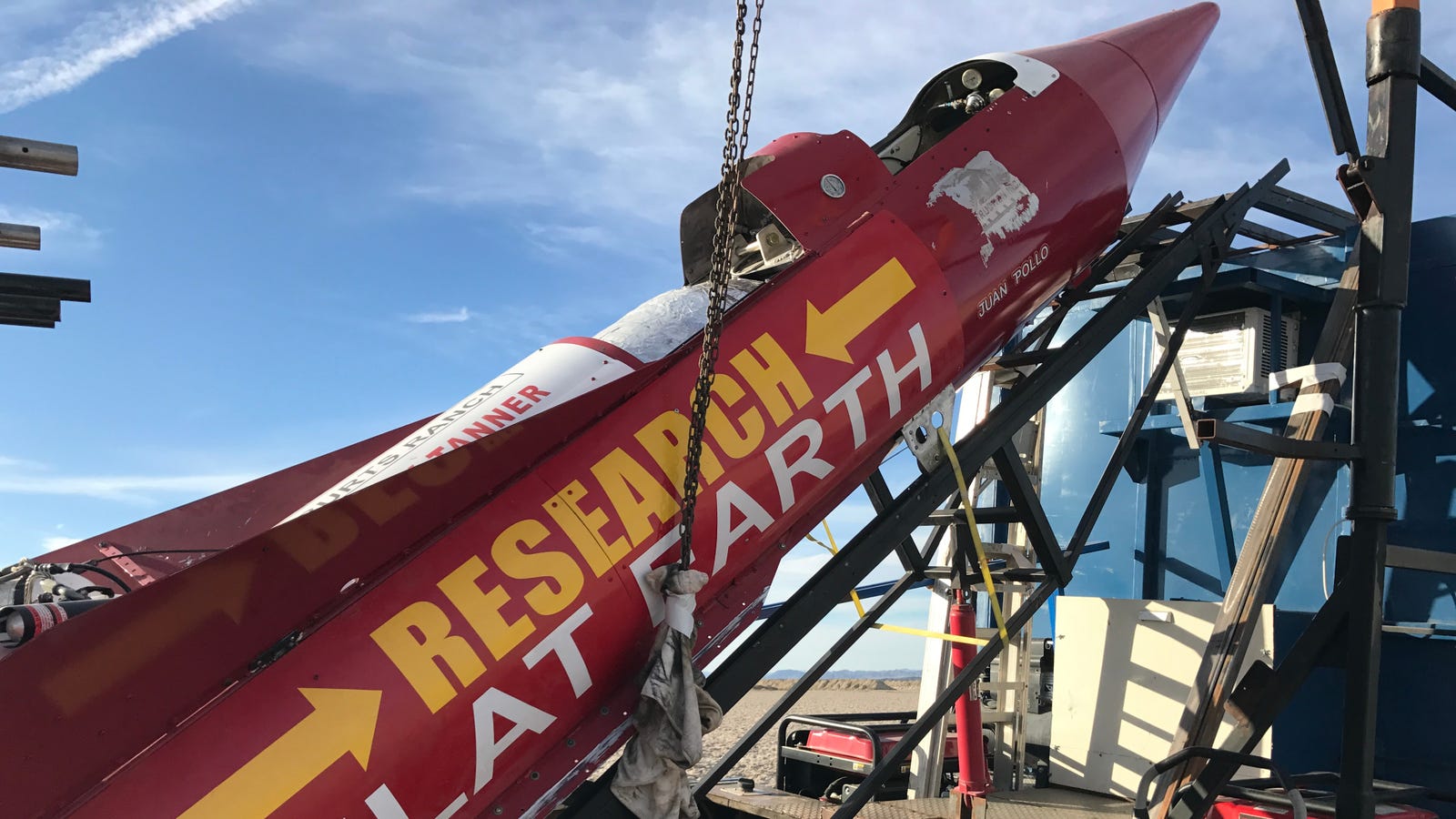
“The ability to build this stuff is never beyond your reach.” He went to space and we built it in our backyard,” Stakes said. “The idea was to make Mike the greatest daredevil of all time – undisputed. They were hoping to attract investors for their ultimate goal: building a “rockoon,” a part-rocket, part-balloon that could launch Hughes 62 miles up to the Kármán line, the border between Earth’s atmosphere and outer space, before he’d parachute back down. Hughes and Stakes built the rockets out of spare parts. This launch was really supposed to be a publicity stunt, not the last run. Stakes taught Hughes how to build rockets. “It was like a lawn dart, and hit the ground at somewhere between four and 500 miles an hour,” said Waldo Stakes, Hughes’ close friend and collaborator. And he nose dived directly into the desert floor,” Chapman said. Even if they had, at this point, it was going to be too late.

“And as it’s coming down, everyone started realizing that his parachutes weren’t coming out.

The rocket soared in an arc, it disappeared into the sky for a moment, and then started to fall. When the rocket took off, it hit a ladder propped up next to it, tearing off one of the parachutes. Mad Mike Hughes just launched himself in a self-made steam-powered rocket and crash landed. “There were a couple of live streamers, like YouTubers, some Flat Earth folks, and there was a TV crew that was filming the launch for a Science Channel show called ‘Homemade Astronauts.’” “There were about 50 spectators there,” Chapman said.

Hughes’ third and final rocket launch, on February 22, 2020, ended in his death at the age of 64.įreelance journalist Justin Chapman is writing a book about Hughes, and was at the final launch in the desert outside Barstow, Calif. What made him famous was not just his homemade rockets, but why he wanted to build them: to shoot himself to the edge of space, to prove that the Earth is flat. “Mad Mike” Hughes was a limousine driver turned stuntman. It takes a certain kind of person to build a rocket and launch themself inside it. This story is from The Pulse, a weekly health and science podcast.įind it on Apple Podcasts, Spotify, or wherever you get your podcasts.


 0 kommentar(er)
0 kommentar(er)
